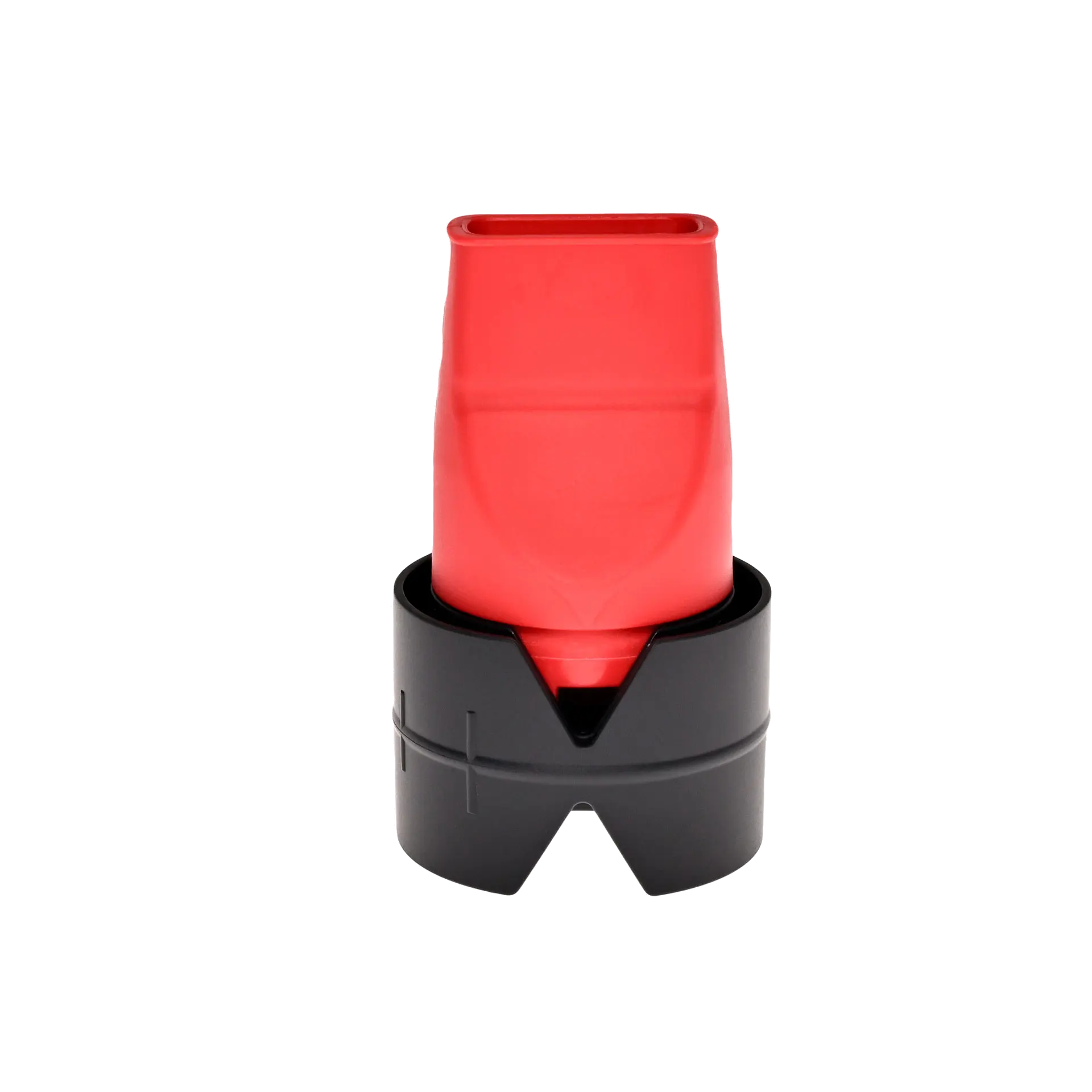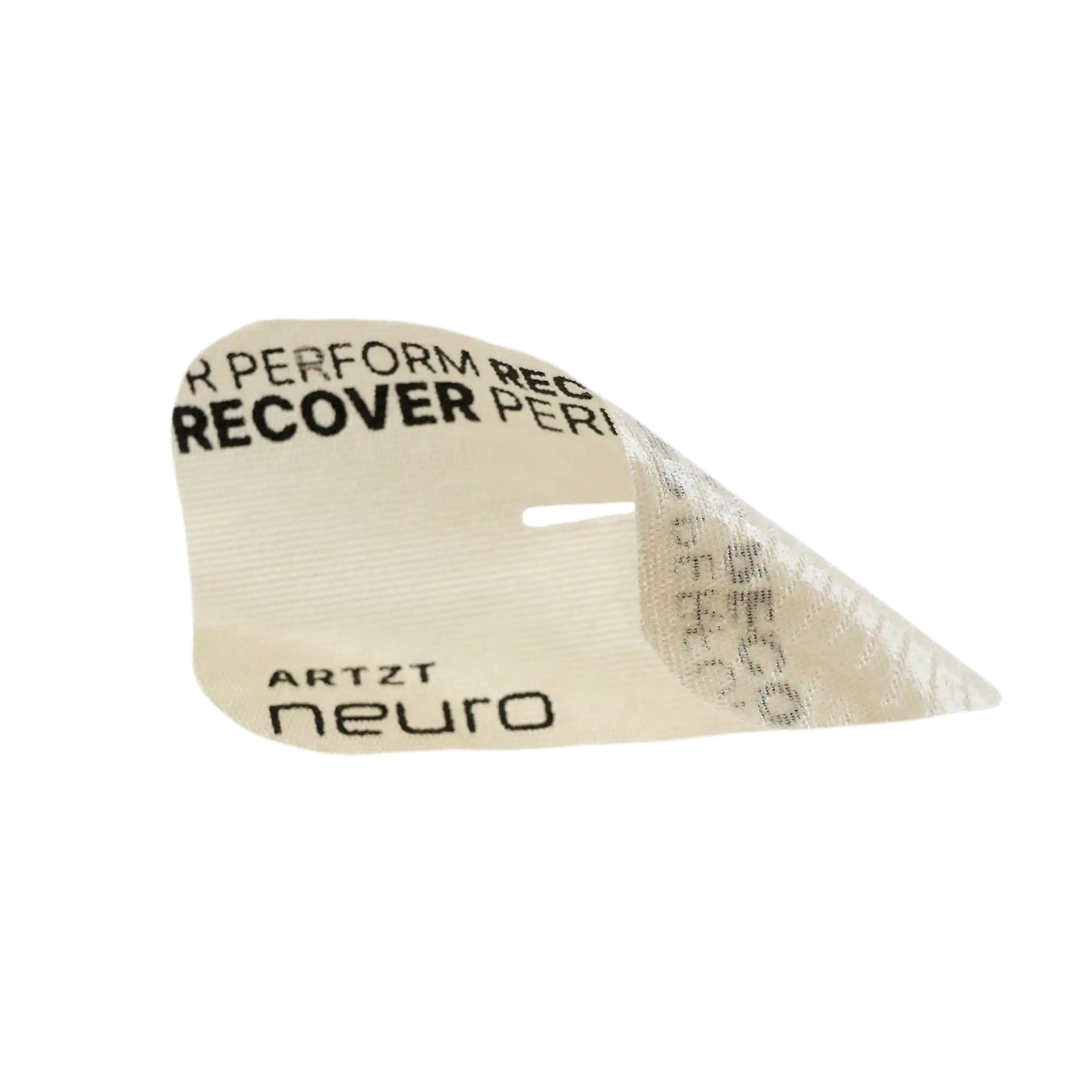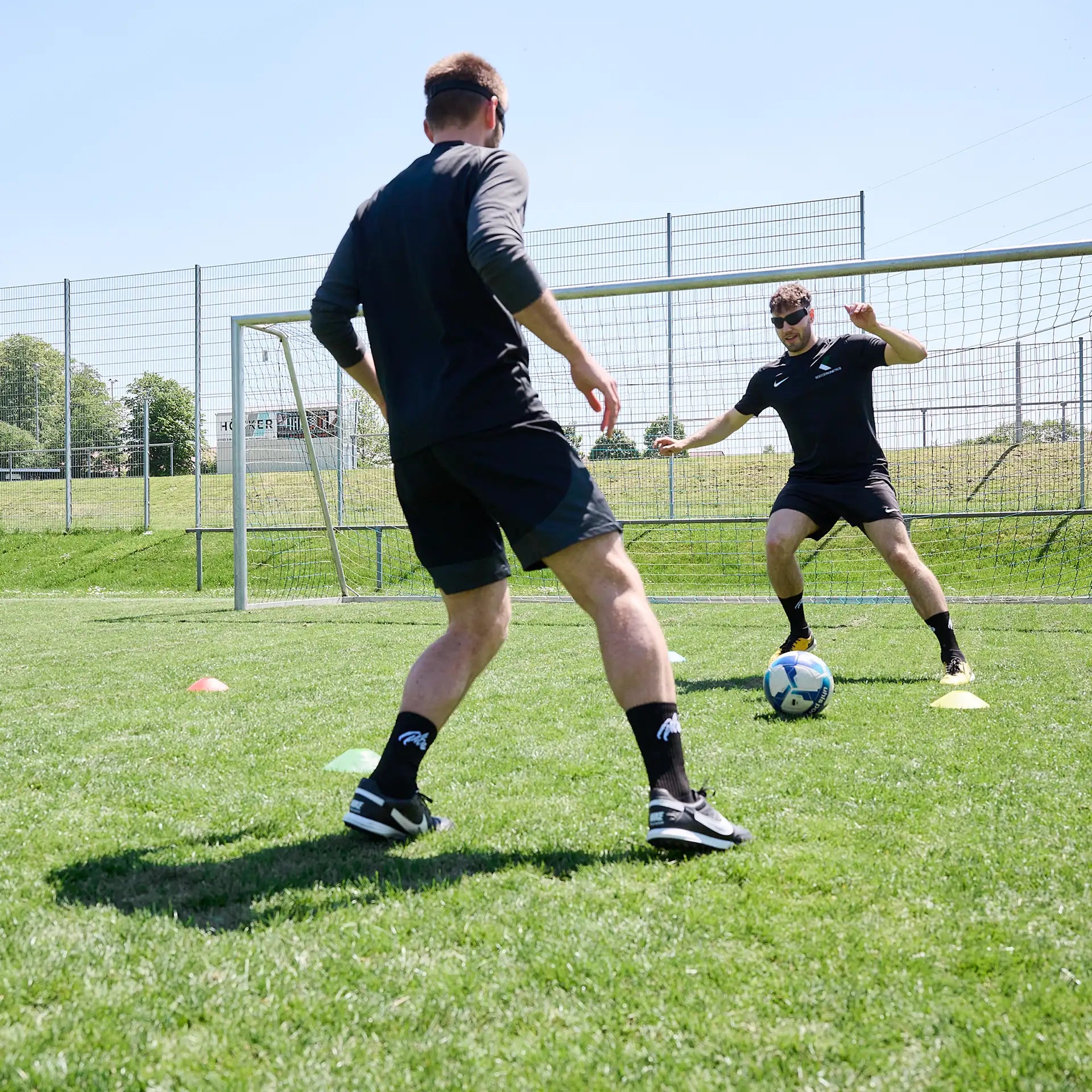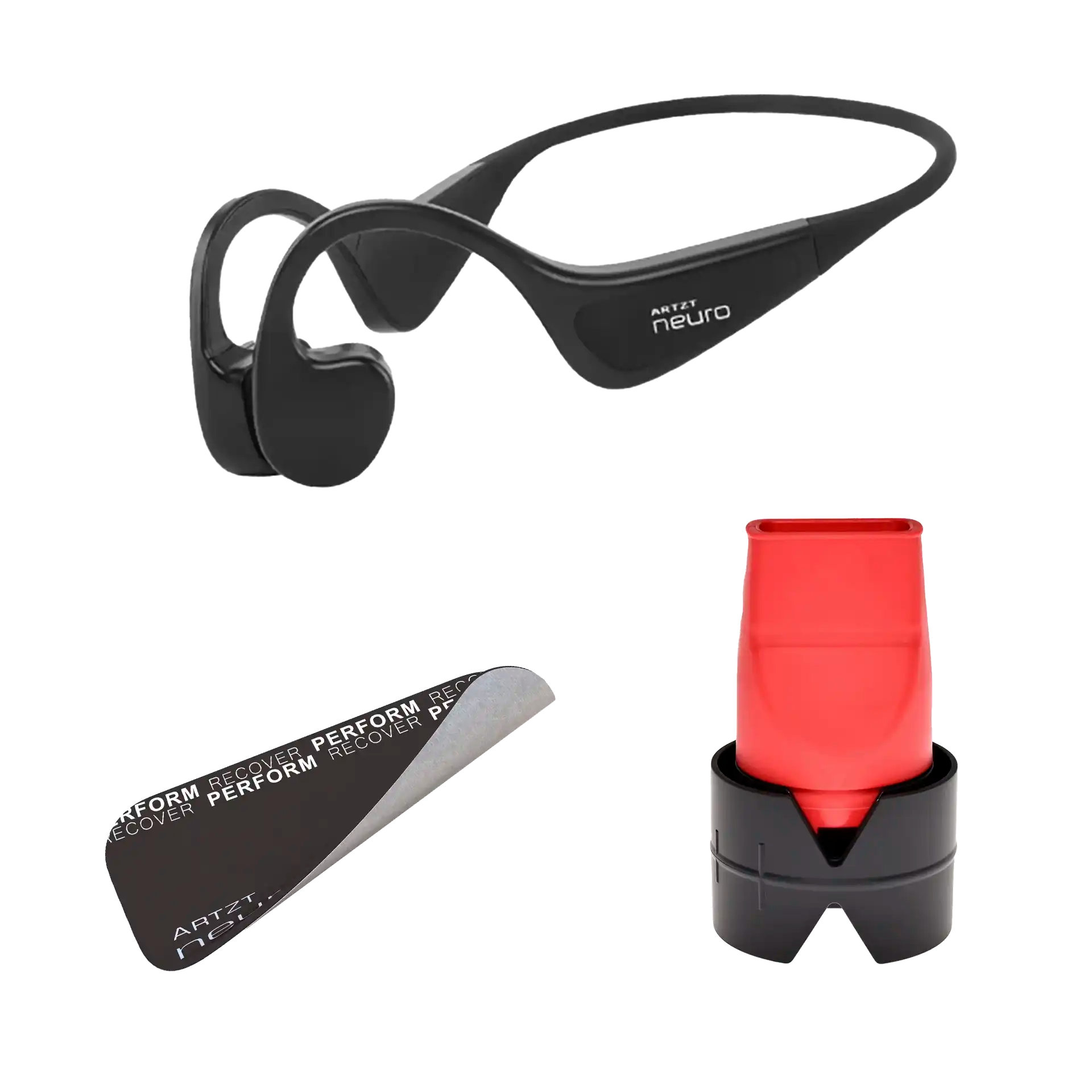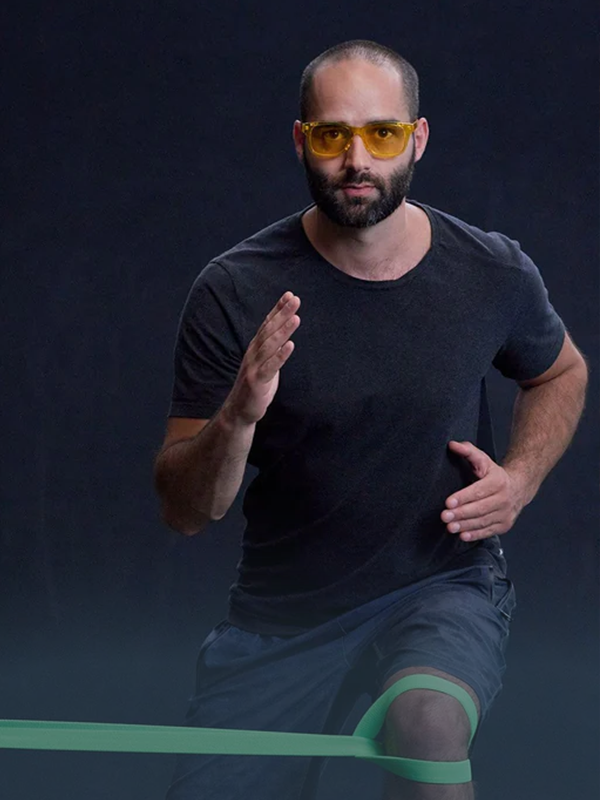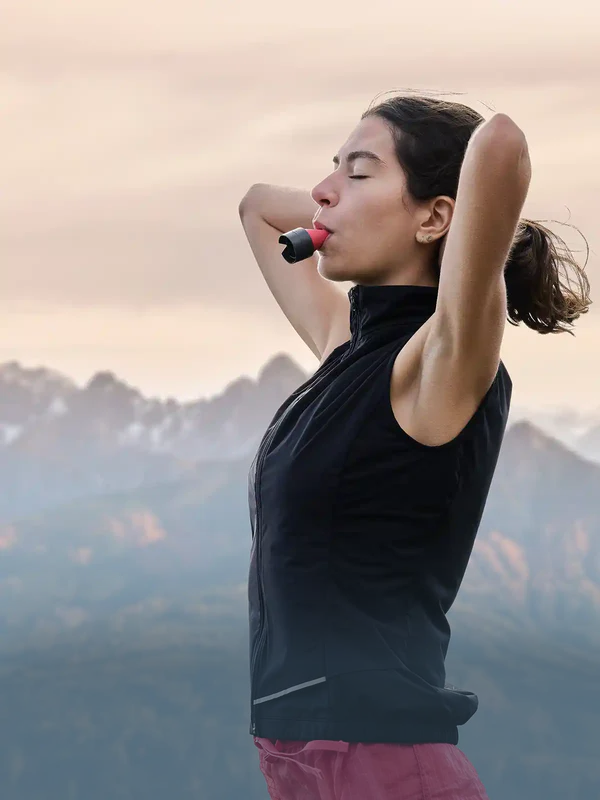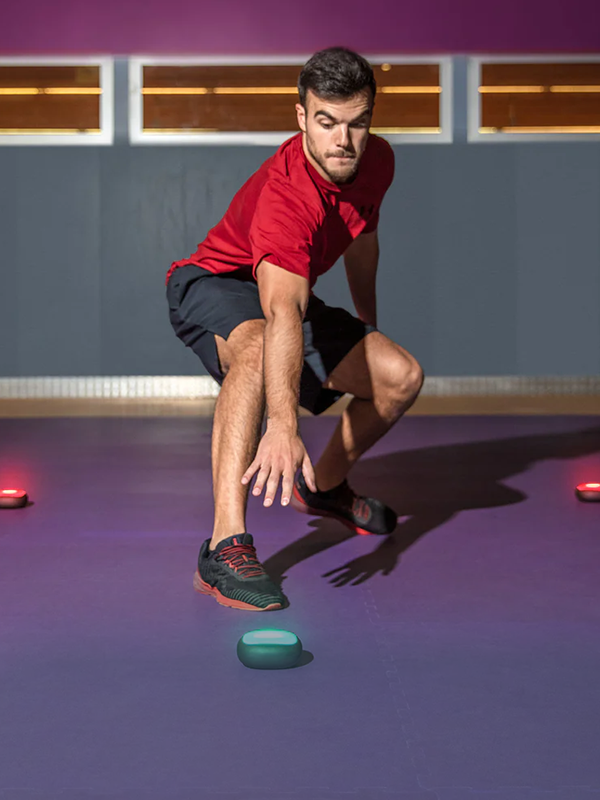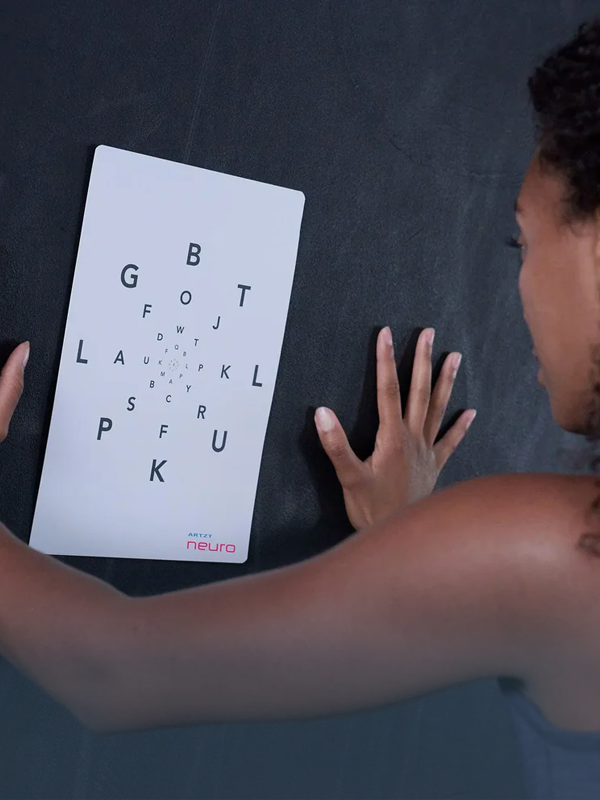Reading time: 4 min.
Short-tempered, irritable, annoyed – we all know those days when we are in a bad mood and our mood constantly fluctuates without us knowing exactly why. One possible cause could be the digital stress we are exposed to every day. We will show you 10 tips and exercises that can reduce stress and help with irritability.
Modern technology requires us to juggle many different tasks at once, and while we are still working on them, new ones are already piling up. In trying to keep up with everything, our brains quickly reach their limits. This can cause discontent and even sleep disorders, which in turn affect our mood. The right exercises for stress relief can help here, for example.
Contents
Stress: bad mood due to too much screen time
The use of digital devices itself can also affect our mood. Staring at the displays of smartphones, tablets and PCs for hours on end puts a lot of strain on our eyes, often even overtaxing them. This can lead to what is known as computer vision syndrome, which causes dry eyes, tired eyes and headaches. These complaints are not only annoying, but also have a negative effect on our psyche.
Added to this is the blue light that is constantly shining on us through screens. This color affects the production of melatonin, a hormone that regulates our sleep-wake cycle. Disturbed melatonin production can lead to sleep problems, and people who are tired have less patience, are less balanced and more easily irritable.
The brain needs energy
But what can we do about the bad mood? In addition to regular screen breaks, breathing exercises are an extremely effective method. Healthy breathing forms the energetic basis of our life. In order to work at full speed, our body and brain need sufficient oxygen.
The most effective way to take in oxygen is to breathe into your stomach in a controlled way. This causes the diaphragm, our largest breathing muscle, to move. The stomach bulges outwards and gives the lungs room to expand and fill with oxygen. We can breathe in and out more deeply and our heart rate drops. This not only increases our general energy, but also relaxes us, which also has a positive effect on our mood.
Breathing as a resting place for our brain
At the same time, abdominal breathing also regulates the stress response in our brain by activating the parasympathetic nervous system. This is the part of our nervous system that is responsible for calm and relaxation. When we breathe calmly and deeply, we signal to our body that there is no acute danger. The parasympathetic nervous system can exert its calming effect. This leads to noticeable relaxation and helps to reduce irritability. And the best thing: we can breathe in any situation.
>> Reading tip: Activating the vagus nerve: 3 simple exercises for more relaxation and serenity
Against stress and irritability: 10 exercises for more serenity
Together with Luise Walther, a specialist in neurotraining, we have put together breathing exercises and other exercises that can help you in everyday life to release inner tension and better manage stress.
Cervical and thoracic spine mobilization
Press your palms together, breathe in deeply and as you breathe out rotate your arms and head in the opposite direction. As you breathe in, return to the center. As you breathe out, rotate in the opposite direction again and as you breathe in, return to the center. Now pull both hands apart, breathe in deeply again and repeat the exercise sequence.
Cervical spine mobilization
Press your palms together, breathe in deeply and as you breathe out, rotate your head and eyes to the left. As you breathe in, return to the center. As you breathe out, rotate to the right and as you breathe in, return to the center. Now pull both hands apart, breathe in deeply again and repeat the exercise sequence.
Thoracic spine mobilization
Press your palms together, breathe in deeply and as you breathe out rotate your arms to the left. As you breathe in, return to the middle. As you breathe out, rotate your arms to the right and as you breathe in, return to the middle. Now pull both hands apart, breathe in deeply again and repeat the exercise sequence.
Diaphragmatic stretching
Stand up straight, release the tension from your knees and tilt your pubic bone towards your belly button. Breathe in deeply through your nose and raise your arms up. Open your mouth and breathe out once, as far as possible through your open mouth.
Sigh breathing with the breathing trainer
Here you use a breathing trainer. Breathe in as much as you can through your nose, take two more breaths, and then breathe out as much as you can through your mouth, slowly and evenly.
Lymphatic respiration
Stand upright. Place your right hand under your right collarbone and apply light pressure. As you breathe in, push the skin and tissue slightly upwards towards your shoulder and as you breathe out, push it back down towards your breastbone. Repeat once more and then switch sides.
Breathing relaxation
Place one hand on your belly button and the other hand on your breastbone. As you breathe in, push your hands, and thus your skin and tissue, upwards. As you breathe out, push both hands evenly downwards again. Repeat the exercise once more.
Palming
To relax your eyes, close your eyes and place both hands over your eyes. Breathe in and out evenly and deeply through your nose and hold this position until you no longer see any flashes or splashes of color, but can perceive a completely black image.
Lunges with arrow board
Stand in front of the board. Follow the direction of the arrows with your lunges: Arrow pointing up means step forward. Arrow pointing down means step backward. Arrow pointing right means step right. Arrow pointing left means step left.
Breathing with the breathing belt
Fasten the breathing belt around your stomach just below the ribs with slight resistance. Breathe in and out against the resistance of the breathing belt for at least two to five minutes, completely relaxed.
Conclusion: Balance creates relaxation
Digital stress is an often underestimated factor that can have a major impact on our mood and mental health. Given the constant overstimulation and unstoppable to-do lists, our brain quickly reaches its limits, which can manifest itself in irritability and frustration. But there are effective methods to counteract this. Breathing exercises and other relaxation exercises as well as fixed screen breaks offer simple and effective ways to reduce stress and lift our mood.
This way, you not only stay mentally strong, but also get the most out of your potential. Take the step and discover how innovative training and targeted breathing techniques can sustainably improve your well-being.


